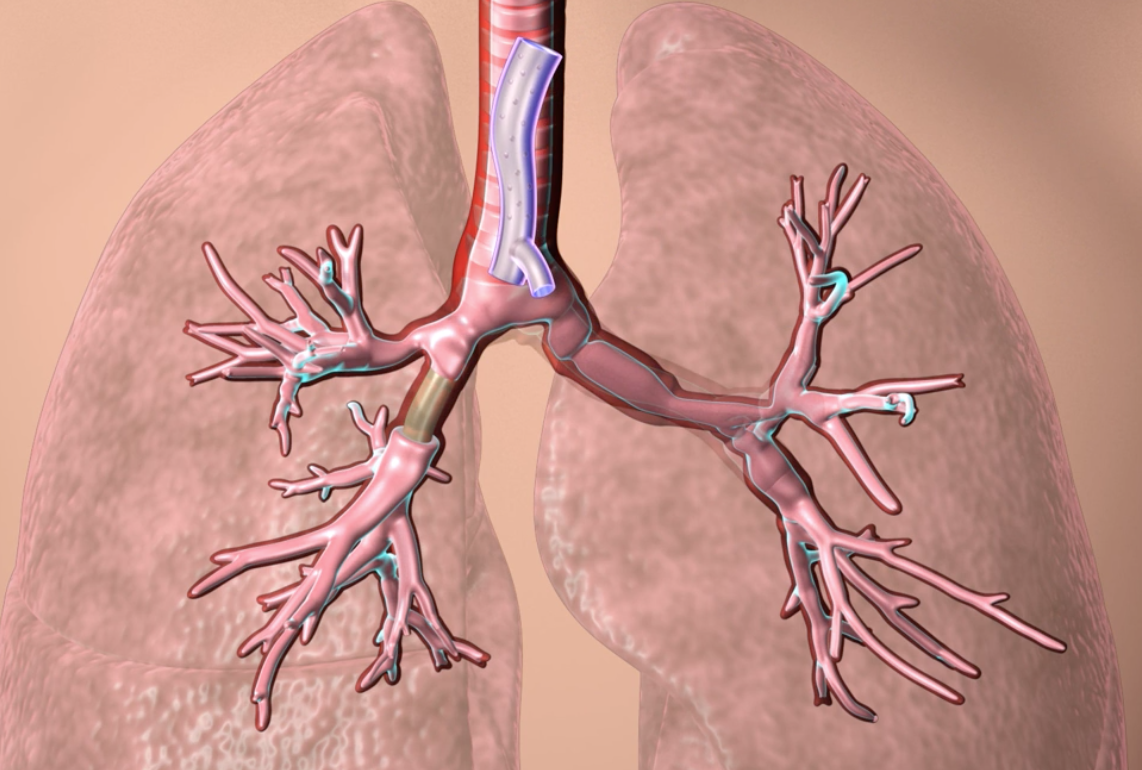Cleveland Clinic physician Tom Gildea used CT scans and visualization software to develop 3D printed silicone stents used to open the airways of patients with tumors, inflammation, trauma or other masses. The technology has now been approved by the FDA.
Standard airway stents come in a limited number of sizes and shapes and are generally designed for larger airways. As every patient’s anatomy is different, it difficult to get a perfect fit, especially for those with complex conditions. Poorly fitted stents can become distorted, and cause the growth of new tissue, mucus impaction and tissue death.
In studies, the 3D printed stents lasted about a year before needing to be changed, versus 90 days for stock stents. Procedure times were shorter and patient-reported symptoms improved, leading to a reduction in changes and modifications.
It’s estimated that 30,000 airway stents will be implanted in the U.S. in 2020
Join ApplySci at the 13th Wearable Tech + Digital Health + Neurotech Silicon Valley conference on February 11-12, 2020 at Quadrus Sand Hill Road. Speakers include: Zhenan Bao, Stanford – Vinod Khosla, Khosla Ventures – Mark Chevillet, Facebook – Shahin Farshchi, Lux Capital – Carla Pugh, Stanford – Nathan Intrator, Tel Aviv University | Neurosteer – Wei Gao, Caltech – Sergiu Pasca, Stanford – Walter Greenleaf, Stanford – Sheng Xu, UC San Diego – Dror Ben-Zeev, University of Washington – Mikael Eliasson, Roche – Unity Stoakes, StartUp Health – Garth Smith, Ontario Brain Institute – Erika Ross, Abbott Neuromodulation
